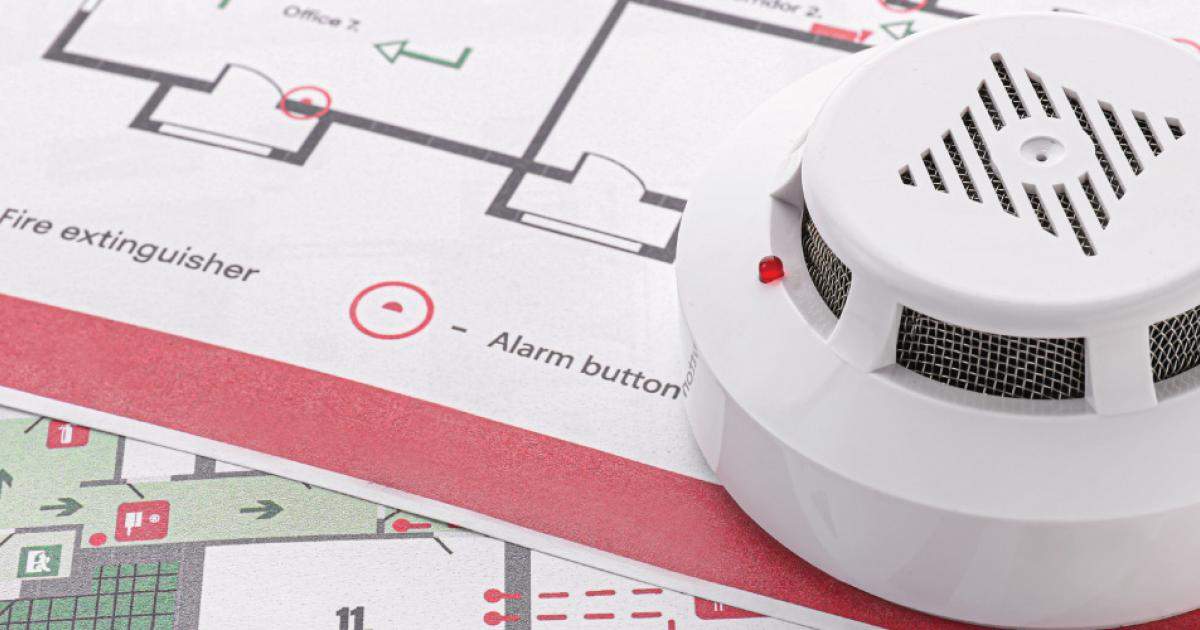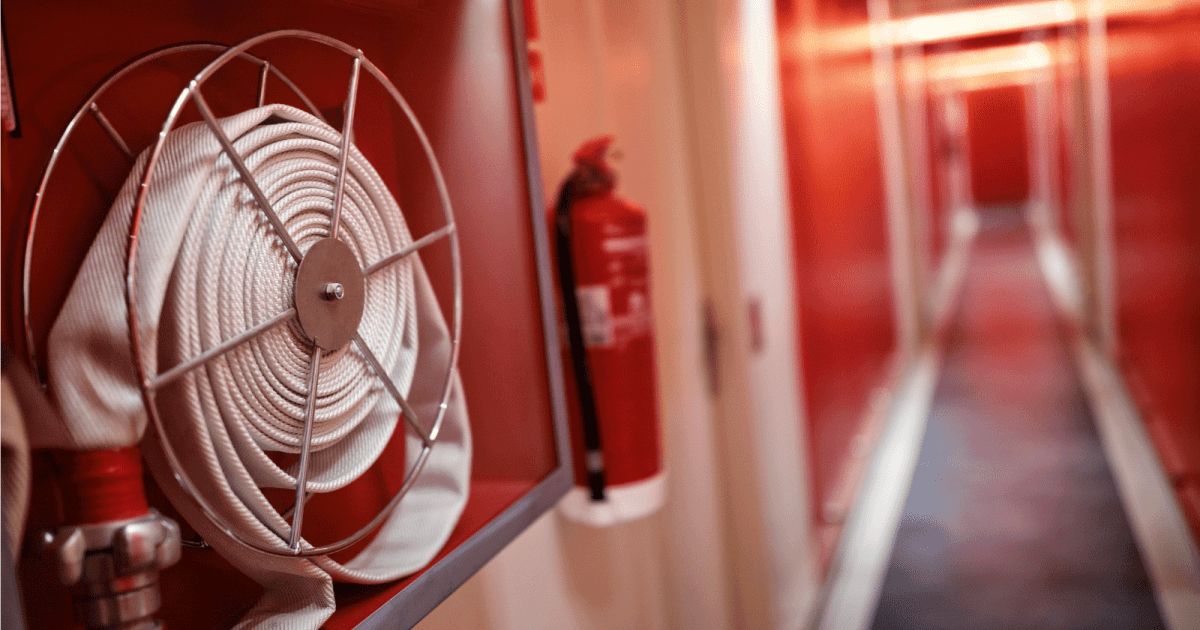We all know the importance of acoustics in these scenarios – it’s certainly not just the view that earns the best seat in the house. However, sound control is crucial in a variety of other spaces too.
Hospitals, offices, classrooms, apartment buildings, and homes located near busy roads or airports would all be considered top candidates for acoustic insulation and soundproofing. Aside from the obvious benefits of privacy and comfort, acoustic insulation and soundproofing can also lead to improved concentration and productivity, and reduced stress levels.
In this article we examine the common culprits of noise in residential applications, the basic science behind sound transmission, and provide a range of tips and examples of how to achieve long-term usability and tranquillity in your home.
What’s the real problem with noise?
The residential landscape is changing as more Australians trade in their backyards for balconies, courtyards and smaller urban blocks. And, while high density living may reduce commuting time and provide greater access to amenities, it can also exacerbate the reach and impact of noise.
Neighbourhood noise comes in many forms. Among them are road, rail or aircraft traffic, air conditioners and refrigeration units, pool pumps, dogs and other animals, TVs and sound systems, car alarms and many more. Apart from being down-right annoying, evidence suggests that continued exposure to particular noises can affect sleep quality and poorer cognitive performance.
The science behind sound transfer
Noise can be transmitted in two ways: airborne and structure-borne. As the name suggests, airborne noise is transmitted through the air via open doors or windows, stairwells, heating or air-conditioning ducts, or pass directly through uninsulated walls, floors or ceilings. Whereas, structure-borne noise is transmitted through the structure via vibration or impact from things like foot fall, dragging of furniture, dropping cutlery or pipe noise.




